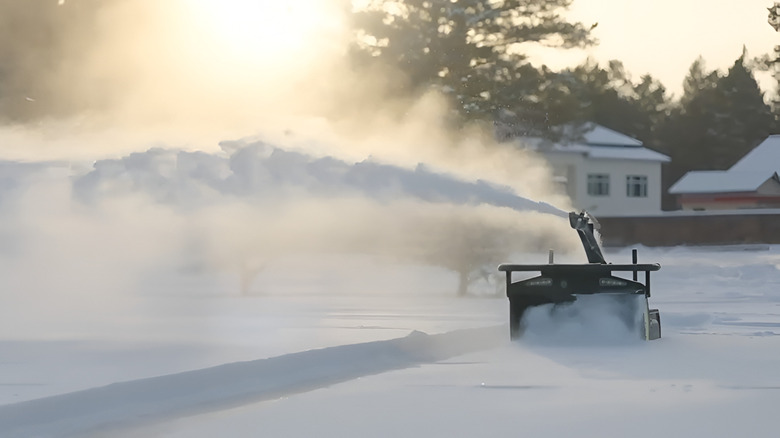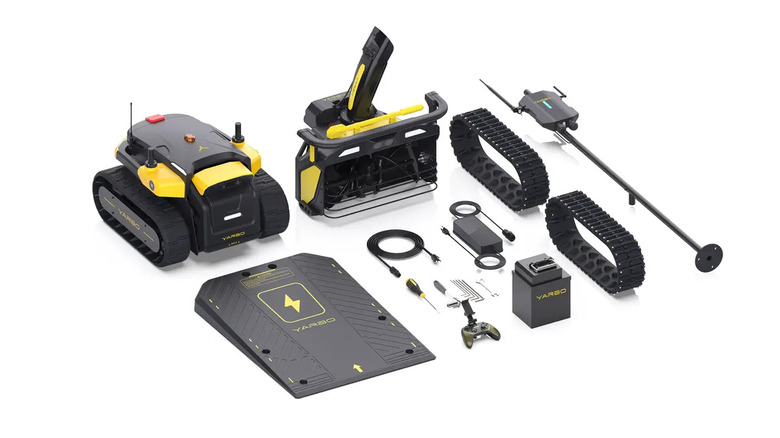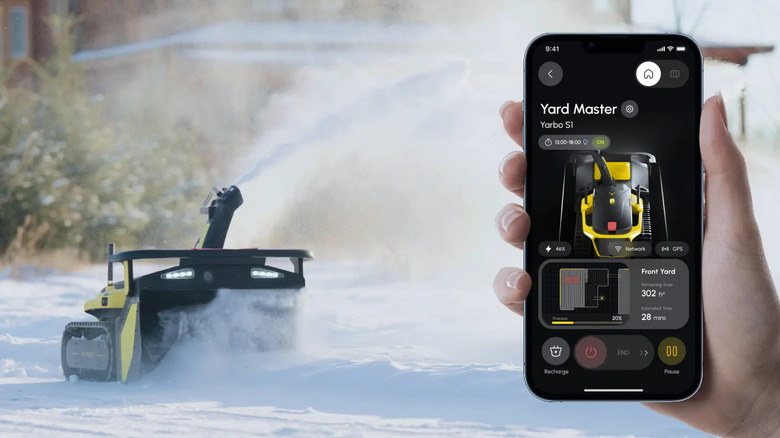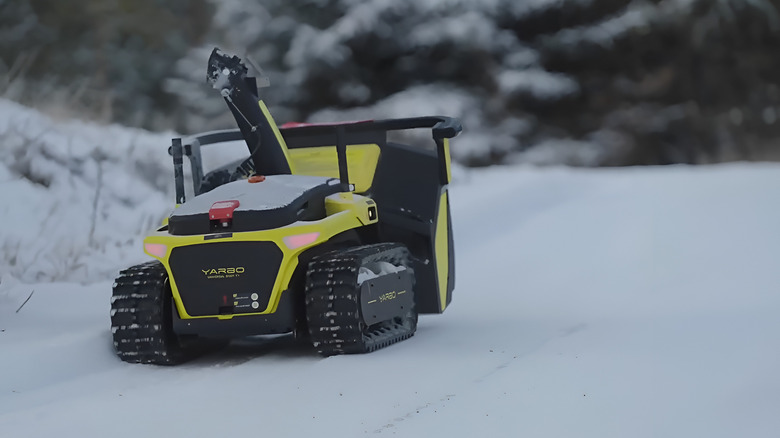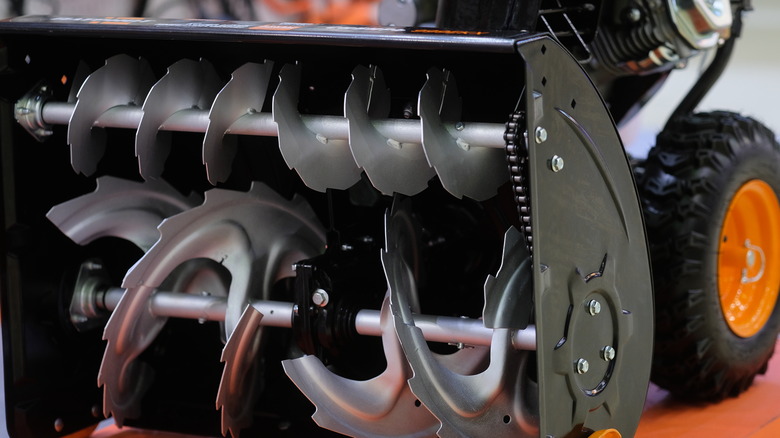How Does An Autonomous Snow Blower Work? What You Need To Know Before Buying
Frequent snow during the winter can easily clog your driveway, turning snow removal into a constant task. Snow blowers are a huge upgrade from just shoveling, but they still require manual operation at all times, really just reducing the time to clear the snow but occupying you in the process. Autonomous snow blowers help ease the snow-clearing process by reducing manual intervention, similar to how some of the best robot vacuum cleaners automate vacuum cleaning. These snow blowers automatically clear the snow according to the set work plan and charge themselves without human intervention.
Autonomous snow blowers are a relatively new and expensive technology, which may make you wonder about their real-world performance. With only a few models on the market, the current autonomous snow blower segment isn't too competitive, making you question — are they just another avoidable niche gadget? To answer this, let's explore the working, setup, repairability, and use cases for autonomous snow blowers in detail.
Working of an autonomous snow blower
While operating a handheld or even a remote-controlled snow blower, you essentially guide the blower to navigate its way through the snow. Autonomous snow blowers use cameras, radar, and internal processing to avoid obstacles and self-navigate their way, and much like a robot vacuum, they offer a physical controller or in-app navigator to override the snow blower's movement. The snow blower also needs to determine its position with reference to its working area. Some snow blowers, like the Yarbo, also leverage a real-time kinematic (RTK) system that utilizes satellite positioning to achieve greater positioning accuracy than a typical GPS-based system.
Once set up, the snow blower starts off the docking station and clears the driveway according to the set frequency. A companion app facilitates interacting with the machine and changing essential settings such as cleaning frequency, working area, rotor speed, and more. The docking station is another crucial aspect of a snow blower's working, allowing you to park and simultaneously charge the machine wirelessly whenever idle.
Setting up an autonomous snow blower
Setting up an autonomous snow blower is an elaborate one-time process that involves mounting the docking station to a suitable location near your driveway and piecing the different modules together. In the case of the Yarbo, you'll need to install the RTK set and connect it to the local data center as an additional step before beginning with the companion app settings.
After completing the physical setup, you need to connect the snow blower with the companion app, after which you can map the working area and the snow blower's pathway. You may also define no-go zones in your work area to avoid spots with wires or pipes. While advanced companion apps automatically estimate the cleaning time for your working area and suggest work plans, you may need to customize the speed, overlap, and auger height according to your needs. Once set up, the companion app displays the live status of your snow blower, including battery percentage and connectivity status, while also providing manual controls like pause, stop, and direction controls.
Real world capabilities
Autonomous snow blowers are designed to handle typical driveway snow and can't compete with their manually operated three-stage counterparts when clearing massive snow buildups. The Yarbo can clean up to 5 inches and 2,152.78 ft² of working area on a single charge and up to 6,000 ft² per day with the docking station. While the 5-inch capacity snow clearing capacity should cover a fair amount of driveway snow, the Yarbo leverages weather forecast monitoring to schedule additional cleanups and mitigate heavy snowfall.
A major problem with lithium-ion batteries is that they don't operate well under 32° F. To mitigate this, a battery heating module allows the robot to be operable in colder environments up to -40° F. Additionally, these can operate on a wide variety of driveway surfaces such as concrete, masonry, grass, tiles, and asphalt. That said, the snow-pulling rotors on the robot front are susceptible to debris and stones, which you may need to clear before beginning with snow-blowing
The repair process
Modular snow blowers like the Yarbo come with the added advantage of precisely determining the affected area, making the repairs simpler. Additionally, the Yarbo Fix Tool is a handy desktop application that helps you fix network issues with the robot and also update the firmware through the application itself. In addition, these snow blowers ship with multiple spare parts, such as shear pins and expansion bolts, that may come in handy for physical repairs.
Once set up and running, autonomous snow blowers need minimal human intervention to get rid of the snow, but this ease comes at a massive initial cost of ownership. A typical autonomous snow blower costs close to $5000, which beats even the most powerful manual three-stage machine by a long shot. While these can efficiently navigate around obstacles with their radars, cameras, and capable tracks, you may need to get your hands on the controller if struck. Even if you are ready to pay the price for the added convenience, an autonomous snow blower may not be the best fit if you experience heavy snowfall exceeding 5 inches. A more powerful two-stage or three-stage snow blower should serve you better for such heavy snowfalls.
